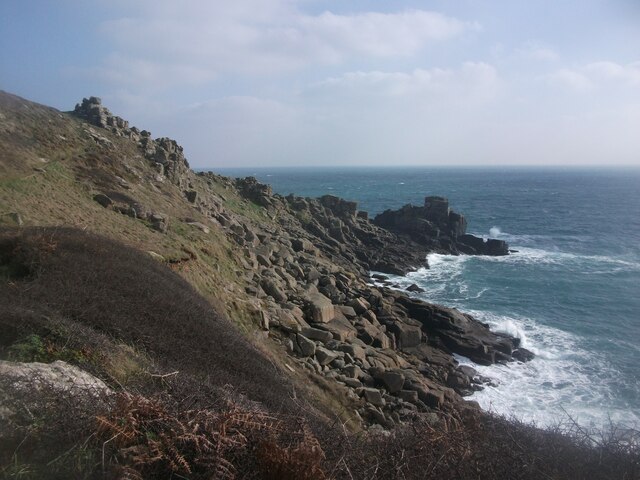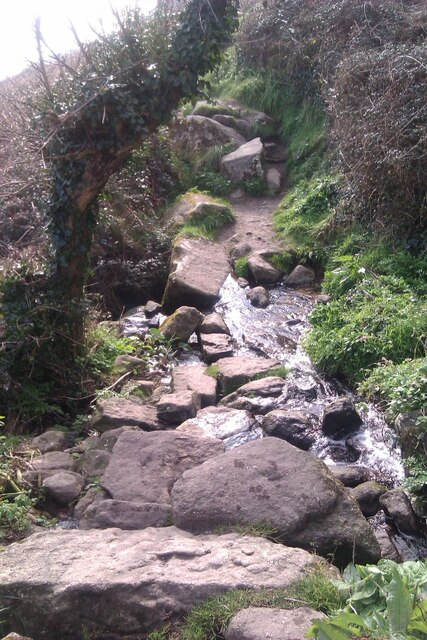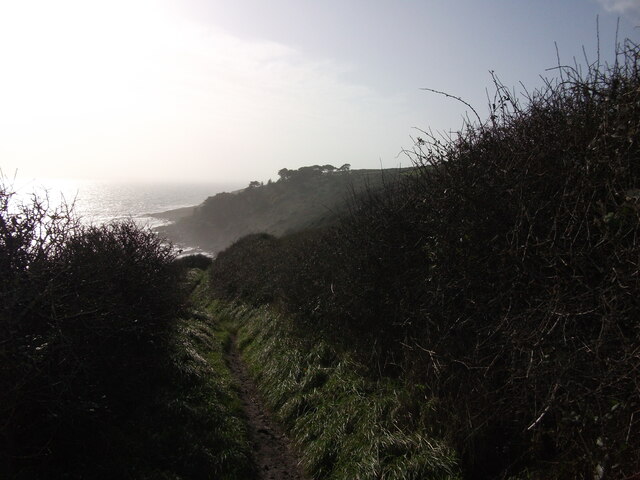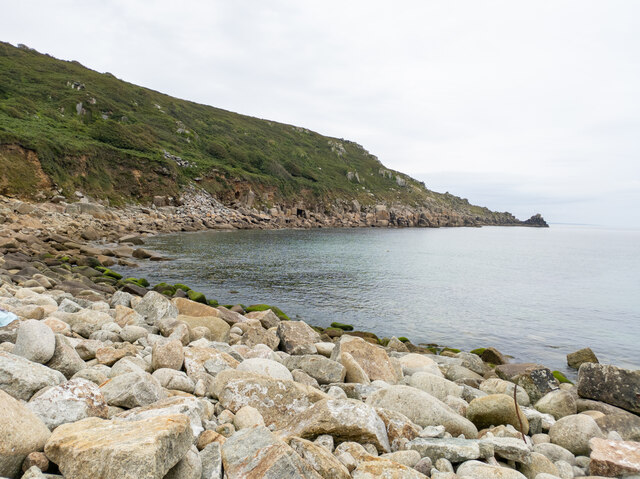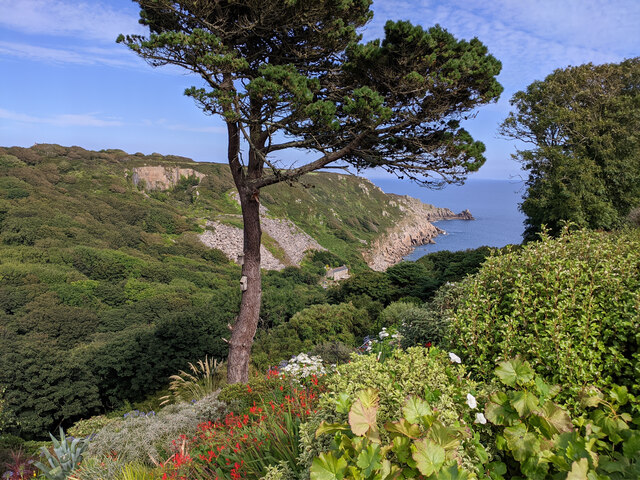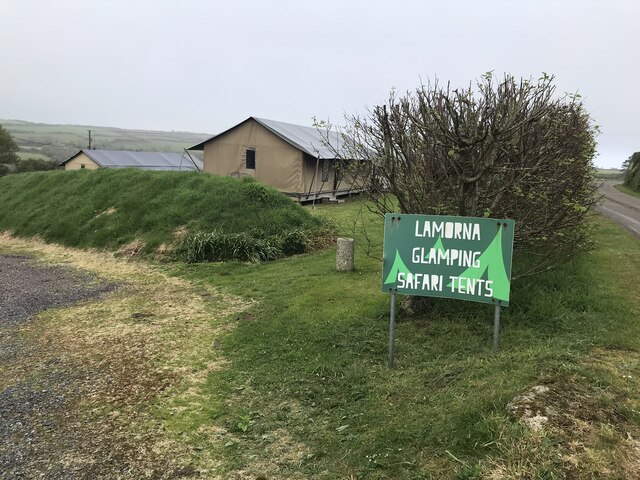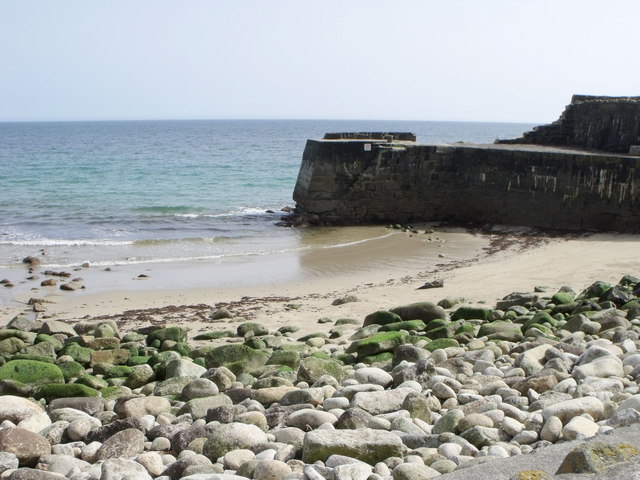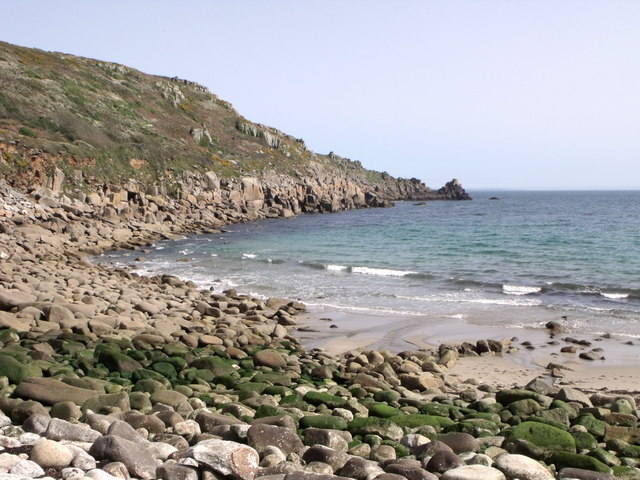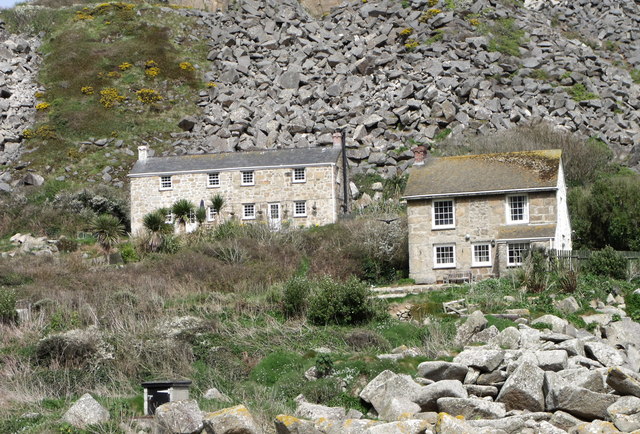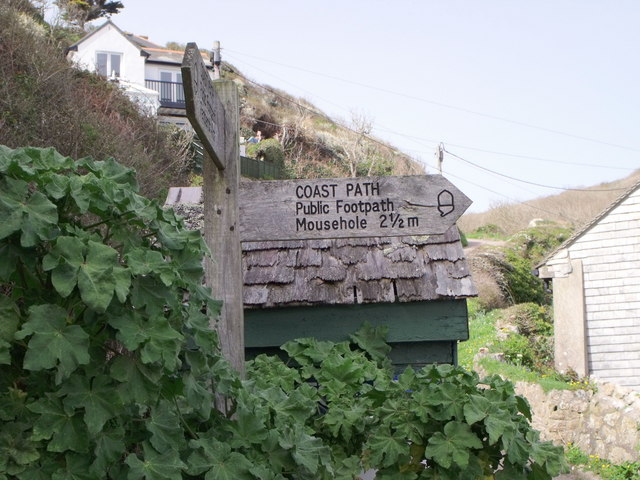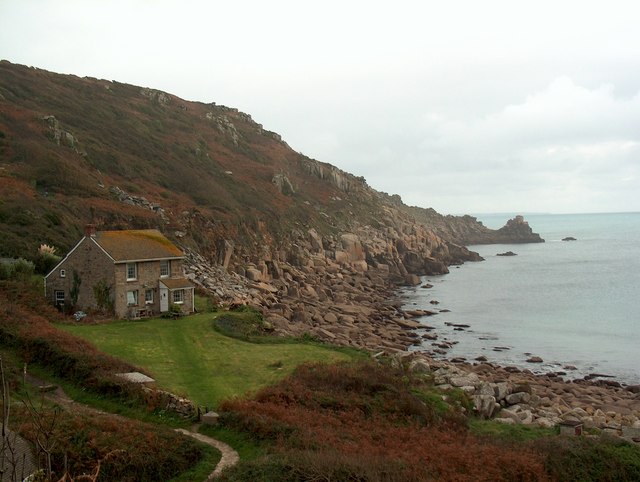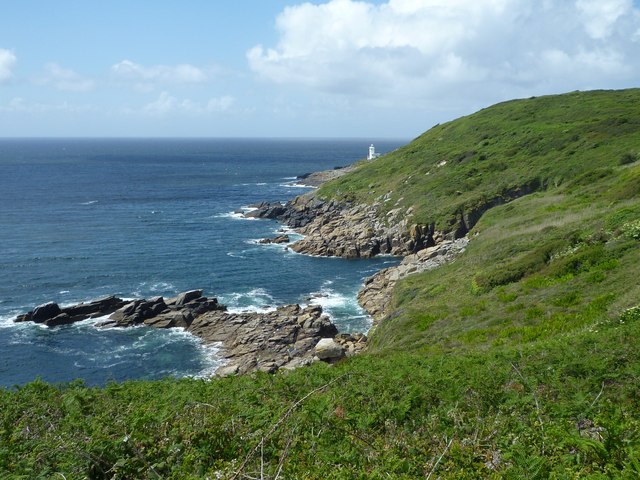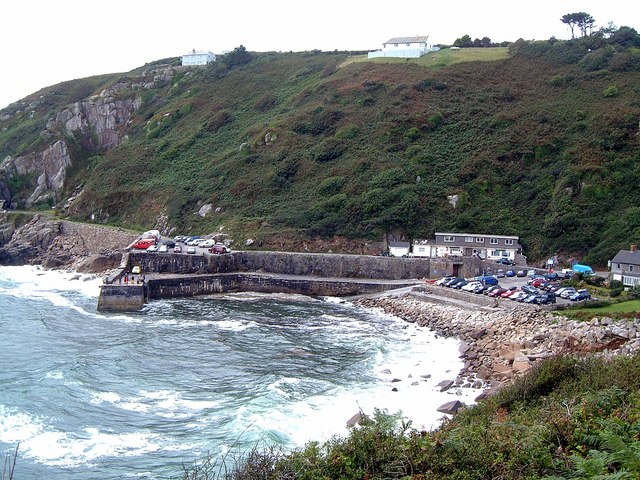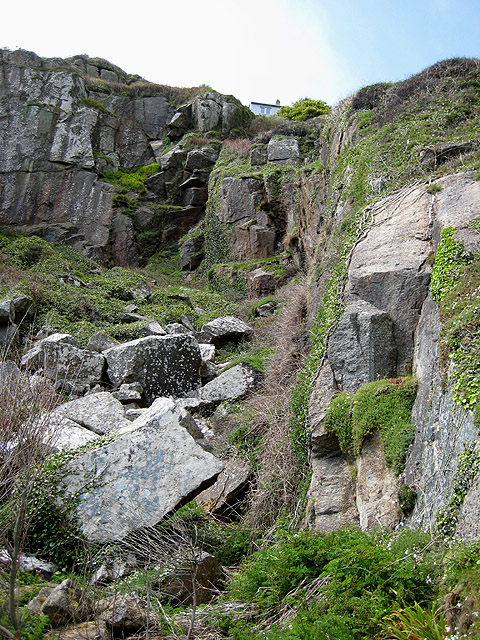Great Heaver
Island in Cornwall
England
Great Heaver
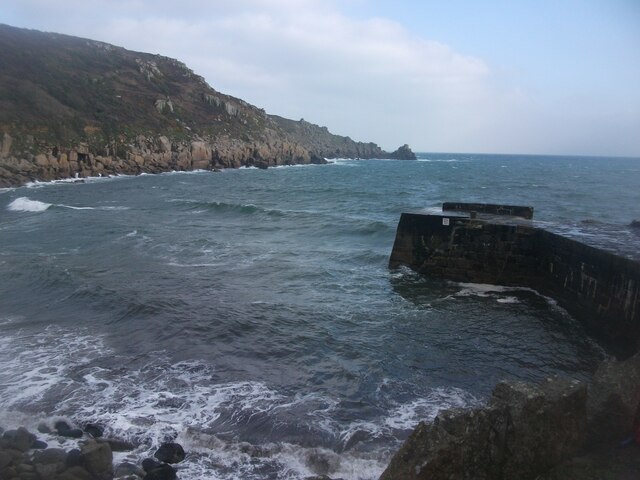
Great Heaver is a small island located off the coast of Cornwall, England. Situated in the Atlantic Ocean, it is part of the Isles of Scilly archipelago. The island covers an area of approximately 0.5 square kilometers and has a population of around 10 residents.
Known for its picturesque landscapes and serene atmosphere, Great Heaver is a popular destination for nature lovers and those seeking tranquility. The island is characterized by its rugged coastline, sandy beaches, and rolling hills. The surrounding waters are renowned for their crystal-clear clarity, making it an ideal spot for snorkeling and diving enthusiasts.
Great Heaver is home to a diverse range of wildlife, including various bird species, seals, and marine life. The island's flora is equally impressive, with a variety of colorful wildflowers and plants dotting the landscape.
The island has limited infrastructure, with a few small cottages and a community center serving as the main gathering place for residents. There are no shops or restaurants on the island, making it necessary for visitors to bring their own supplies.
Access to Great Heaver is primarily by boat, with regular ferry services operating from nearby St. Mary's Island. The journey takes approximately 30 minutes, offering visitors a stunning view of the surrounding islands and the Atlantic Ocean.
Overall, Great Heaver offers a unique and unspoiled natural environment for those seeking a secluded and peaceful getaway.
If you have any feedback on the listing, please let us know in the comments section below.
Great Heaver Images
Images are sourced within 2km of 50.05974/-5.5548973 or Grid Reference SW4523. Thanks to Geograph Open Source API. All images are credited.

Great Heaver is located at Grid Ref: SW4523 (Lat: 50.05974, Lng: -5.5548973)
Unitary Authority: Cornwall
Police Authority: Devon and Cornwall
What 3 Words
///breezes.built.thin. Near St Buryan, Cornwall
Nearby Locations
Related Wikis
Lamorna
Lamorna (Cornish: Nansmornow) is a village, valley and cove in west Cornwall, England, UK. It is on the Penwith peninsula approximately 4 miles (6 km)...
Tregurnow
Tregurnow is a settlement in St Buryan civil parish on the Penwith peninsula in Cornwall, England, United Kingdom. At Tregurnow farm is an interesting...
Castallack
Castallack is a hamlet in the civil parish of St Buryan, Lamorna and Paul in west Cornwall, England, UK. It is on a minor road between Sheffied and Lamorna...
Tater Du Lighthouse
Tater Du Lighthouse is Cornwall's most recently built lighthouse. The construction of the lighthouse came out of the tragedy of losing a small Spanish...
Have you been to Great Heaver?
Leave your review of Great Heaver below (or comments, questions and feedback).
